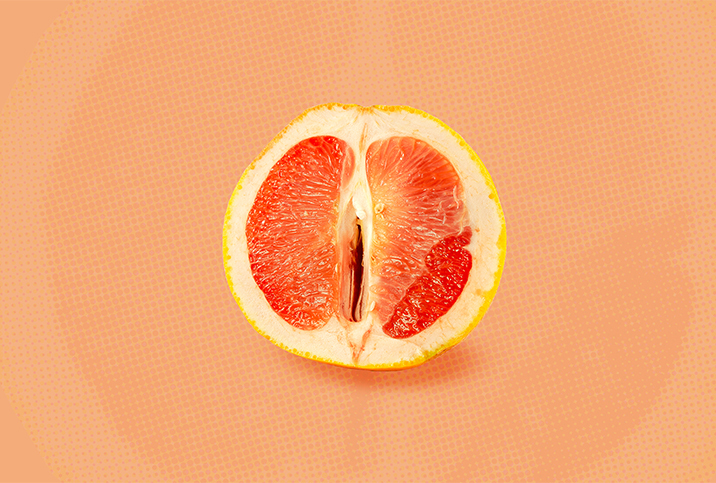While much is known about the vagina and its reproductive role, the organ may be one of the most misunderstood when it comes to daily hygiene issues and disease prevention.
Understanding how to care for your vagina is essential to preventing sexually transmitted infections (STIs), cancer, infection, rashes and irritation. It can also play a role in improving sexual health.













